 As has become my practice, it’s time for my annual mid-summer reading report back – short reviews of some of the books I have read so far over the summer holidays. Without further introduction, in no particular order they are as follows:
As has become my practice, it’s time for my annual mid-summer reading report back – short reviews of some of the books I have read so far over the summer holidays. Without further introduction, in no particular order they are as follows:
Total Chaos, Jean-Claude Izzo
I’d never heard of Jean-Claude Izzo, the founder of the ‘Mediterranean noir movement’, until a friend recommended him to me after the attacks in Paris last November. My friend claimed not only were his books good crime reads, they provided a unique insight into the Islamic community in France. I wasn’t disappointed. Total Chaos, the first of Izzo’s so-called ‘Marseilles trilogy’, combines crime fiction smarts with a fascinating examination of immigrant politics in the French port city.
Fabio Montale grew up on the streets of Marseilles with two close childhood friends, Ugo and Manu. Fabio become a cop whose career is going nowhere as a result of his unfashionable focus on preventing crime rather than just cracking heads. Ugo and Manu became criminals. When his two friends are killed in violent circumstances, Fabio investigates what led to their deaths. He discovers his friends where bound up in a complex web of criminal power plays that involve organised crime, the National Front and veterans of France’s various imperial entanglements abroad. The bodies start piling up and, if he is not careful, Fabio’s could be one of them.
The central plot of Total Chaos is deftly handled if not especially innovative. What really sets this book apart is the depiction of Marseille and its diverse population, a place, as Fabio puts it, ‘whose beauty can’t be photographed. It can only be shared. It’s a place where you have to take sides, be passionately for or against. Only then can you see what you need to see.’ Izzo’s portrayal of the city’s disaffected young immigrants from Africa and the Middle East is also excellent. These people and their parents are victim of neo-liberal policies that have deprived them of even the most basic opportunities for economic advancement at the same time as the police target them as troublemakers and malcontents.
Total Chaos was first published in 1995, when France was experiencing economic problems and cities like Marseille were particularly hard hit. I can’t imagine things have got any better. And, whether you are talking about France or Australia, when times are tough, the easiest scapegoat is the migrant who has different coloured skin. As Fabio describes the mindset of many French people:
‘There were already quite a fair number of Arabs around in those days. Blacks, too. Vietnamese, Armenians, Greeks, Portuguese. But it didn’t cause any problems. It had started to be a problem with the downturn in the economy and the rise in unemployment. The more unemployment there was, the more people became aware of the immigrants. And the number of Arabs seemed to be increasing along with the unemployment! In the Sixties, the French had lived off the fat the land. Now they had nothing, they wanted it for themselves! Nobody else was allowed to come and steal a crumb. And that’s what the Arabs were doing, stealing our own poverty off our plates! The people of Marseilles didn’t really believe that, but they’d been made to feel afraid.’
I will definitely be checking out the next two books in the trilogy, Chourmo and Solea.
She may sell a lot of books but Mo Hayder is not my cup of tea. Hence, authors recommended by Mo Hayder are unlikely to interest me. Despite this, I was keen to read White Crocodile because of its setting, Cambodia, the location of my first novel Ghost Money, and a place I have spent a fair amount of time in.
Tess Hardy, an emotionally damaged woman, comes to work for a mine clearing NGO in the northwest Cambodian province of Battambang. She has an ulterior motive, investigating the events that led up to the death of her ex-husband, who was also working for as a mine clearer for the same NGO. She discovers local girls are turning up dead, horribly murdered, and their babies abandoned. The locals think it might have something to do with the myth of the White Crocodile, a vengeful spirit that has some say has cursed a particularly large minefield Tess and other staff at the NGO are working to clear.
White Crocodile starts off strong. Setting the story amidst a de-mining operation enables the author to explore this tragic legacy of Cambodia’s various conflicts, and injects the plot with moments of incredible tension. The author also deals well with other aspects of Cambodian society and its fraught interaction with foreigners. But the second half does not live up to this early promise. The story becomes a bit obvious and I was able to spot where things were going early on, considerably undermining the narrative suspense.
Nonetheless, an interest addition to the steadily growing canon of crime fiction set in Cambodia.
 Fourth of July Creek, Smith Henderson
Fourth of July Creek, Smith Henderson
This is a beautifully written book with an interesting setting, rural Montana in the early eighties, and an unusual character, a social worker called Pete Snow. But, by Christ, it is long.
The book has three main plot strands. The first concerns Snow’s interactions with Jeremiah Pearl, a conspiracy theorist and survivalist living with his son in the wilderness, whose activities are gradually coming to the attention of the authorities, with potentially tragic consequences. The second is Snow’s desperate search for his daughter, the product of a former union with a dysfunctional drug addicted woman, who has run away. We know the daughter is alive, as the book is interspersed with strange third person accounts of her travels, and at several points Snow comes close to finding her. Lastly, there is a fairly significant plot strange involving Snow’s relationship with a co-worker who has problems of her own.
All of these plots are engaging and all of them could have easily been the basis of a novel on their own. But together they gave me a sense of overload and I struggled to finish the book.
As I’ve speculated on this site before, it must be something in the air in West Australia. While most Australian crime fiction at the moment seems to comprise either police procedurals or spins offs on the now familiar women/woman in peril trope, West Australian writers are producing some hard hitting, genuinely out of the box crime yarns. And Sweet One is one of the best, most original of them yet.
A senior Aboriginal war veteran dies in the back of an overheated police van taking him on the lengthy trip to jail for a drink driving offence. The authorities look set to evade responsibility for the old man’s death. Enter Sweet One, an Aboriginal Special Forces soldier who abandons his post in Afghanistan and returns home to avenge the death of his elderly relative. Also involved is a tough female journalist who quickly realizes she is onto a much bigger story than another Aboriginal death in custody.
Sweet One is a must read. The story is hard boiled, brutal and fast moving. The writing is great and Docker makes some interesting and distressing observations about institutional racism, the challenges facing our first people in remote Australia and our military history. A book that is both important and different.
 Looking For Mr Goodbar, Judith Rossner
Looking For Mr Goodbar, Judith Rossner
Theresa Dunn is an intelligent, single woman living in Manhattan, unremarkable in every respect, except one: she likes to trawl seedy singles bars and pick up men for casual sex. A number one best seller when it first appeared in 1975, Looking For Mr Goodbar, was billed as an examination of the downside of the sexual liberation of the sixties.
The novel is based on the January 2, 1973 murder of Roseann Quinn, a 28-year-old New York schoolteacher, who led a so-called double life frequenting singles bars where she picked up men. Quinn’s assailant, John Wayne Wilson, was a white Vietnam veteran. The actual murder is recounted in the killer’s words at the beginning of the novel and, again, at the end of the book from Theresa’s point of view. The rest of the story deals with the key events of Theresa’s life leading up to her death. The youngest of three sisters, she is brought up in a middle class family in suburban Bronx, a bookish and polite child. After school, she attends teacher-training college in Manhattan where she has a lengthy affair with one of her teachers, who is married. After her graduation she gets a teaching job in Manhattan and moves into the city.
Rossner details Theresa’s burgeoning post college sex life. She also details Theresa’s relationship with her sisters; Brigid, who lives in the suburbs and married with children, and Katherine, a sophisticated woman who, like Theresa, has eschewed marriage and lives in Manhattan with her male partner. In the process, Rossner checks off the main signifiers of changing America in the sixties: the Kennedy assassination, Vietnam, the sexual revolution and the gradual emergence of women’s lib (which Theresa is not really into). The way sexual mores shifted in the second half of the sixties has been the subject of numerous books and films. Often, its portrayal is clichéd, references to ‘swinging’ or ‘turning on’. A great strength of Looking For Mr Goodbar book is how it captures the enormity of the cultural change sweeping America in the sixties and its impact on previously held notions of sex, commitment, drugs and gender roles.
 The Scene, Clarence Cooper Junior
The Scene, Clarence Cooper Junior
Clarence Cooper Junior wrote several books, all of which failed to make an impression when they were first published but are now considered classics of Black street literature. The first of these, and many believe his best work, is The Scene. It is set in a nameless large US city populated by heroin addicts, prostitutes and criminals and police who either know they are fighting a loosing battle, don’t care or are actually siding with the criminals.
Almost to a person, the characters are desperate and hopeless, caring only about their next fix or criminal scam, happy to betray a friend or rip off a stranger. The story, such as it is, is set in junkyards, dingy bars, alley ways and run down tenement buildings. One of the main characters is Rudy, a junkie who is working as a dealer for the shadowy criminal boss who controls the city. The book also goes into extensive detail about two cops, an older veteran of the force and a young black detective and their uneasy alliance as they try and bust the faceless city’s market in illegal narcotics.
The story, particularly the scenes involving drug use reek of authenticity. This is no doubt because Cooper himself was a hard-core addict of whatever narcotic substances he could get his hands on. He died, alone and penniless at a YMCA in 1978. First published in 1960, if you want an insight into why early sixties would see inner city Black populations riot against their conditions in large cities across the US, read The Scene.
 Black Wings Has My Angel, Elliott Chaze
Black Wings Has My Angel, Elliott Chaze
First published by Gold Medal in 1953, this book has been getting a lot of buzz lately as a result of its immanent re-issuing by New York Review Classics. There is also, supposedly a film version in the offing. Some say this is the best of the Gold Medal pulps ever published and original copies go for a small fortune online.
The hype around Black Wings Has My Angel is completely justified. The story traverses many of the familiar back roads of fifties pulp fiction but despite being over sixty years old makes a lot of crime fiction written today look pale and anaemic by comparison.
Prison escapee Tim Sunblade has been rough necking of oil drilling rigs, biding his time until he can pull the perfect heist, the details of which are in his head. But he needs a partner, and that comes in the form of Virginia, a whip smart, femme fatale who is far more than the cheap prostitute she first appears to be. The heist goes off without a hitch, but, as lovers of noir and pulp fiction know, committing the actual heist is always only the first stage in the story. The hard thing is getting away with it.
This is a terrifically written book that, literally, crackles with great dialogue, descriptions and observations of life, like when Tim muses “You show me a man whose never goggled at an armoured car and I’ll show you a freak of nature.” The relationship between the two key characters, both of who are unstable sociopaths, is a constant clash of desire and intellect; the outcome of always feels up for grabs. Highly recommended.


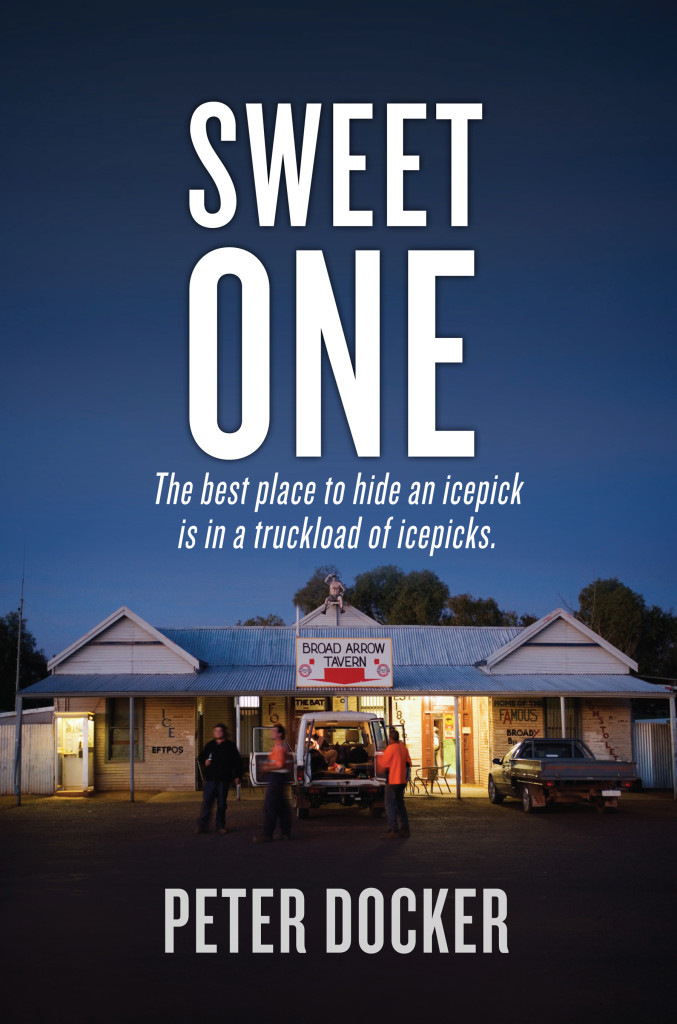


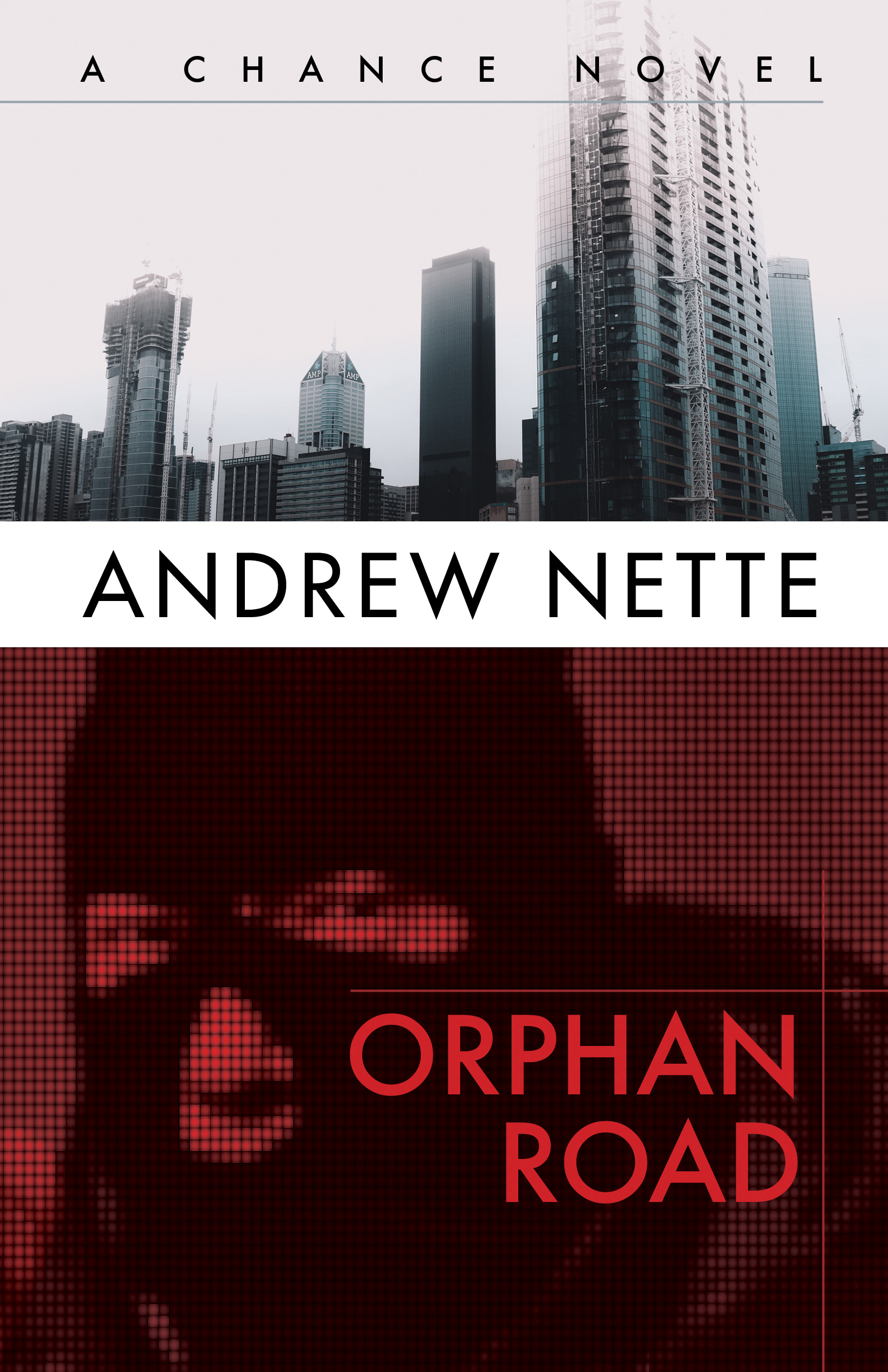









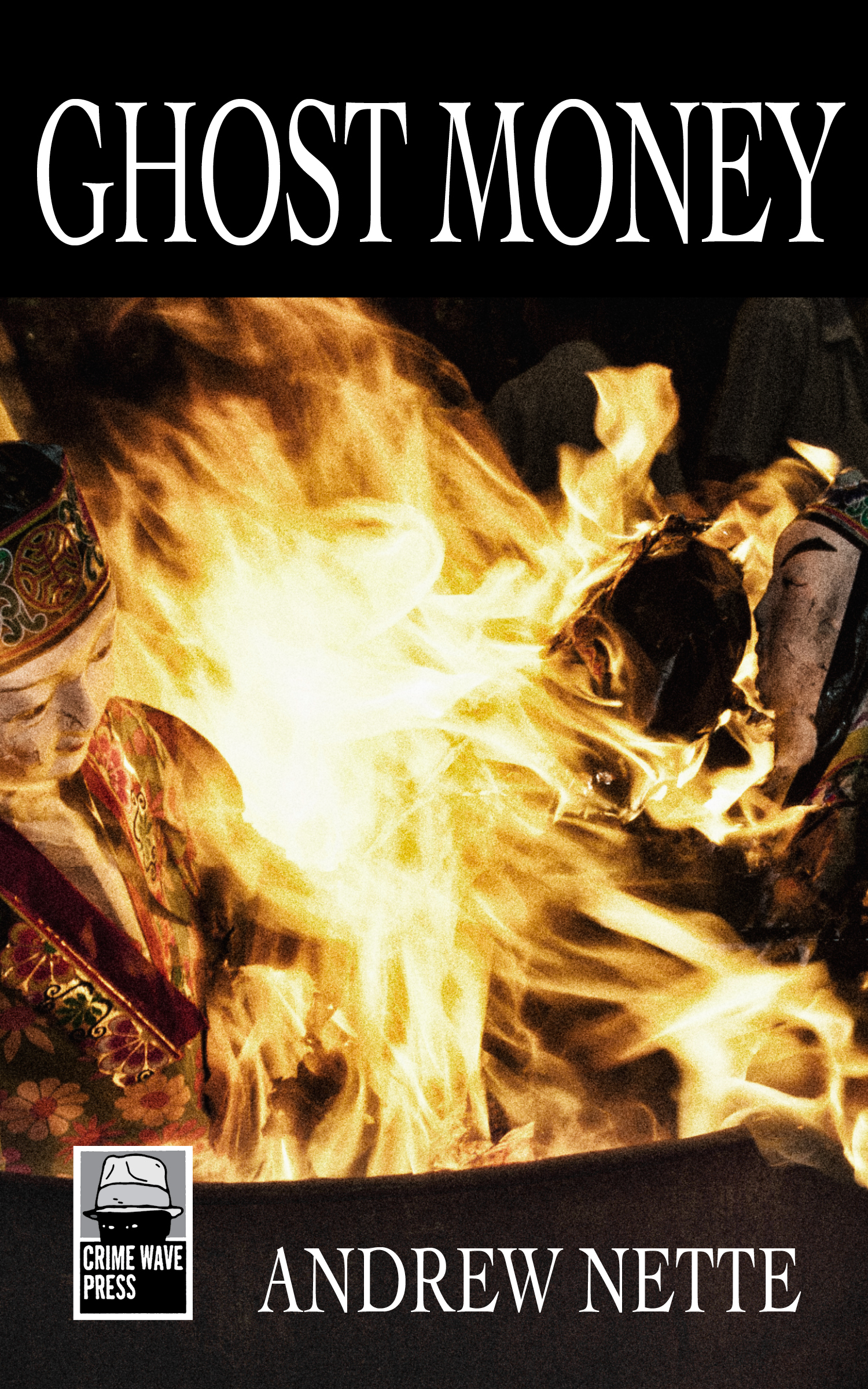



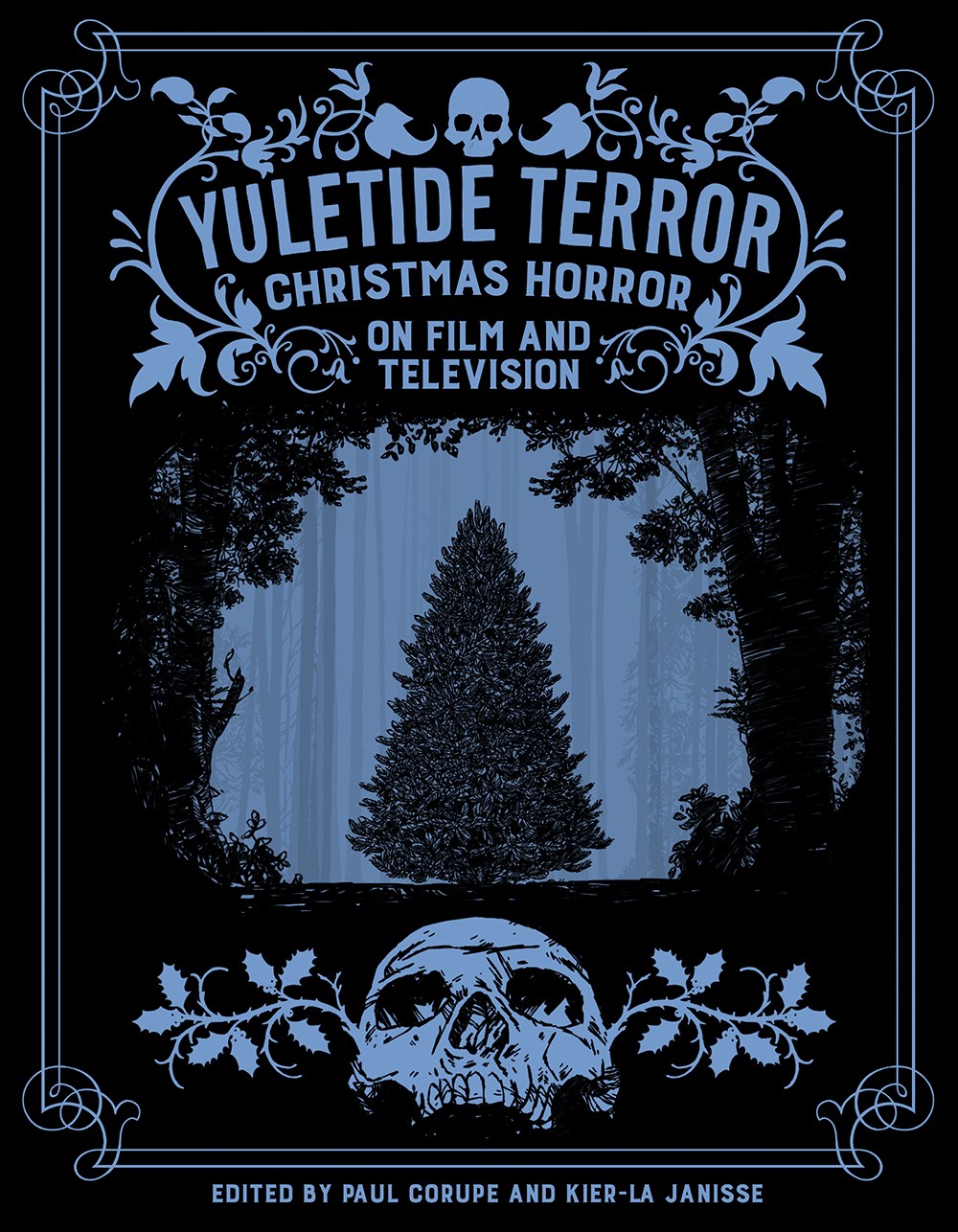
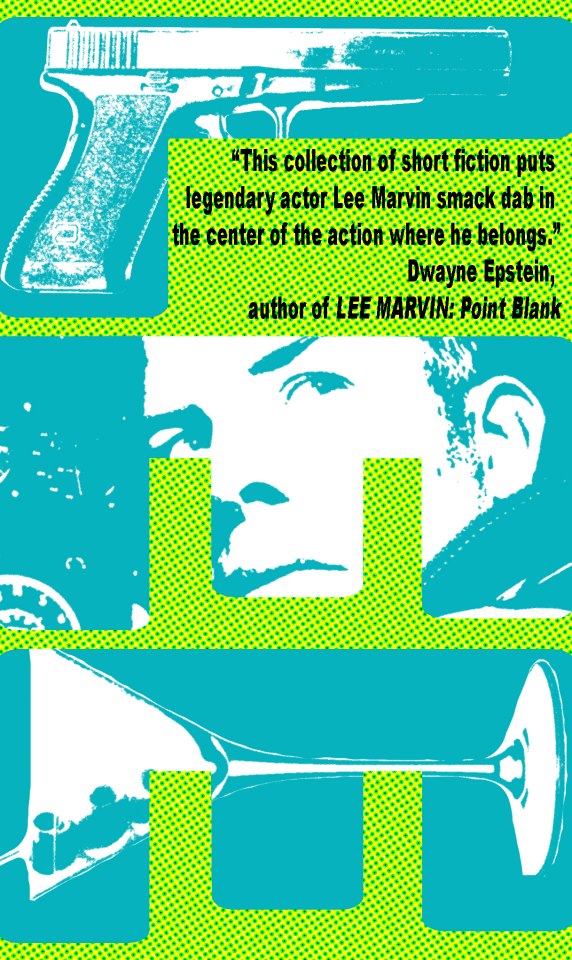

Welcome to the Izzo fan club!
Thanks, glad to be aboard.